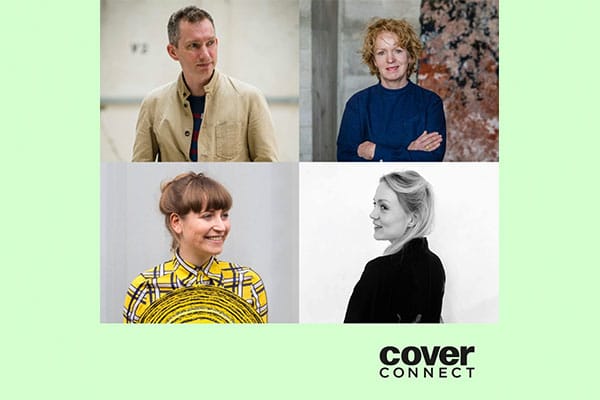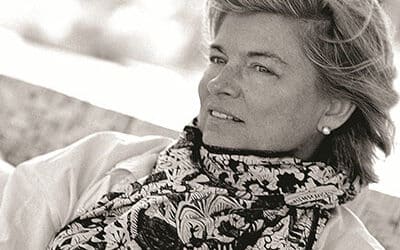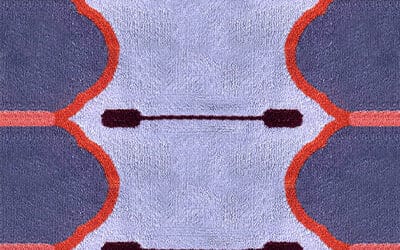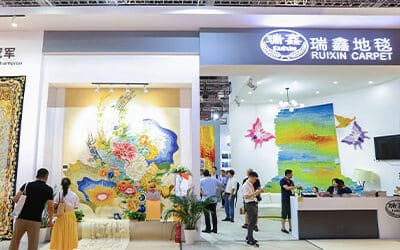Discover the powerful motivations driving three independent designers to pursue sustainable approaches. Though very different, each is rooted in considerate material choices, ecological concerns and the desire to promote local production. From felted wool from indigenous Dutch sheep to recycling industrial textile waste and transforming it into something precious; to researching the potential of European grown hemp as an alternative to cotton and re-imagining its processing and design outcomes, these panelists’ experimental activities are prime examples of sustainable working practices resulting in outstanding contemporary design. Their activism directly relates to the creation of handmade products that can excel in an industrially dominated commercial world.
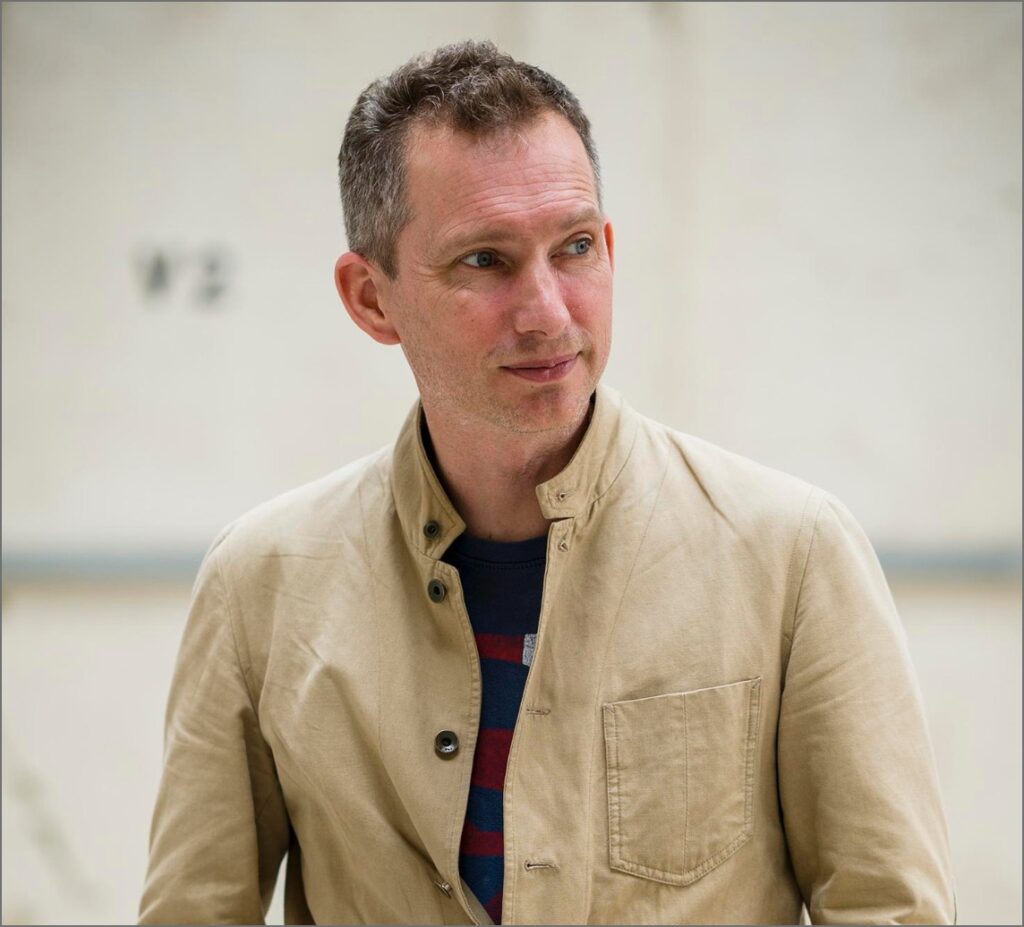
Grant Gibson Design writer 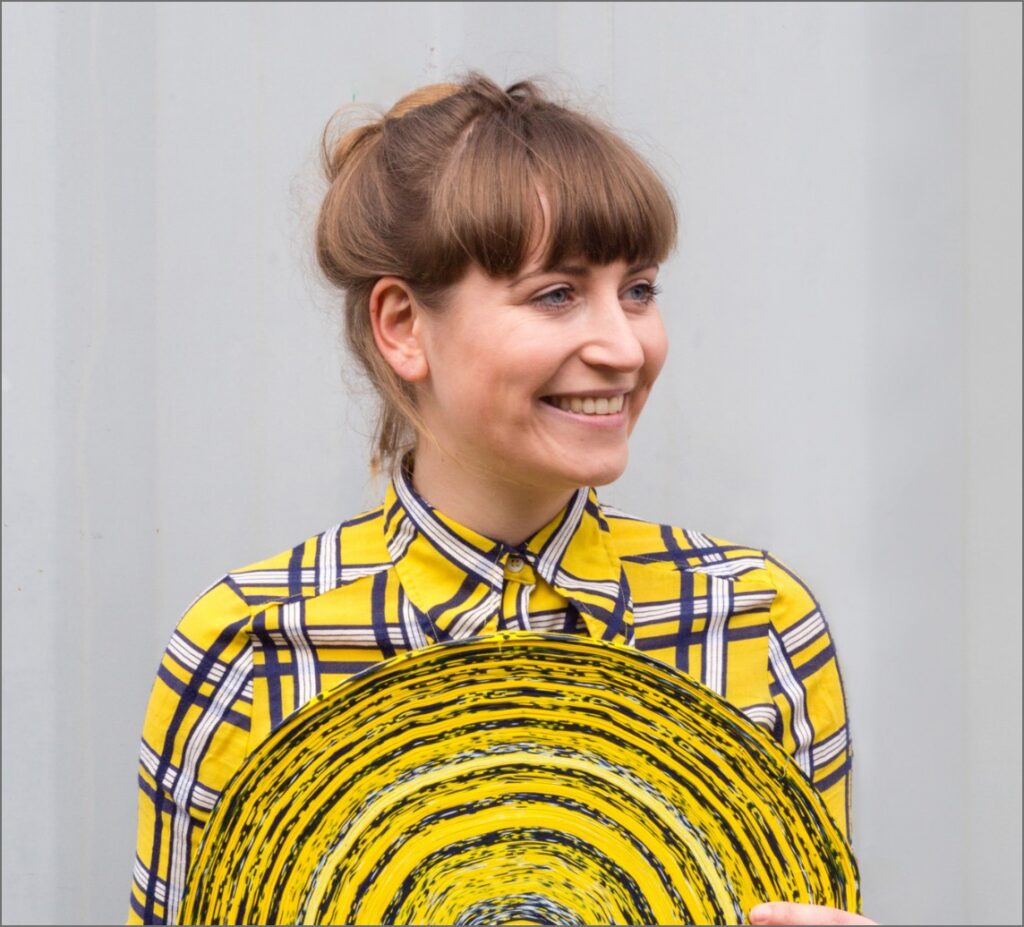
Simone Post Textile and product designer 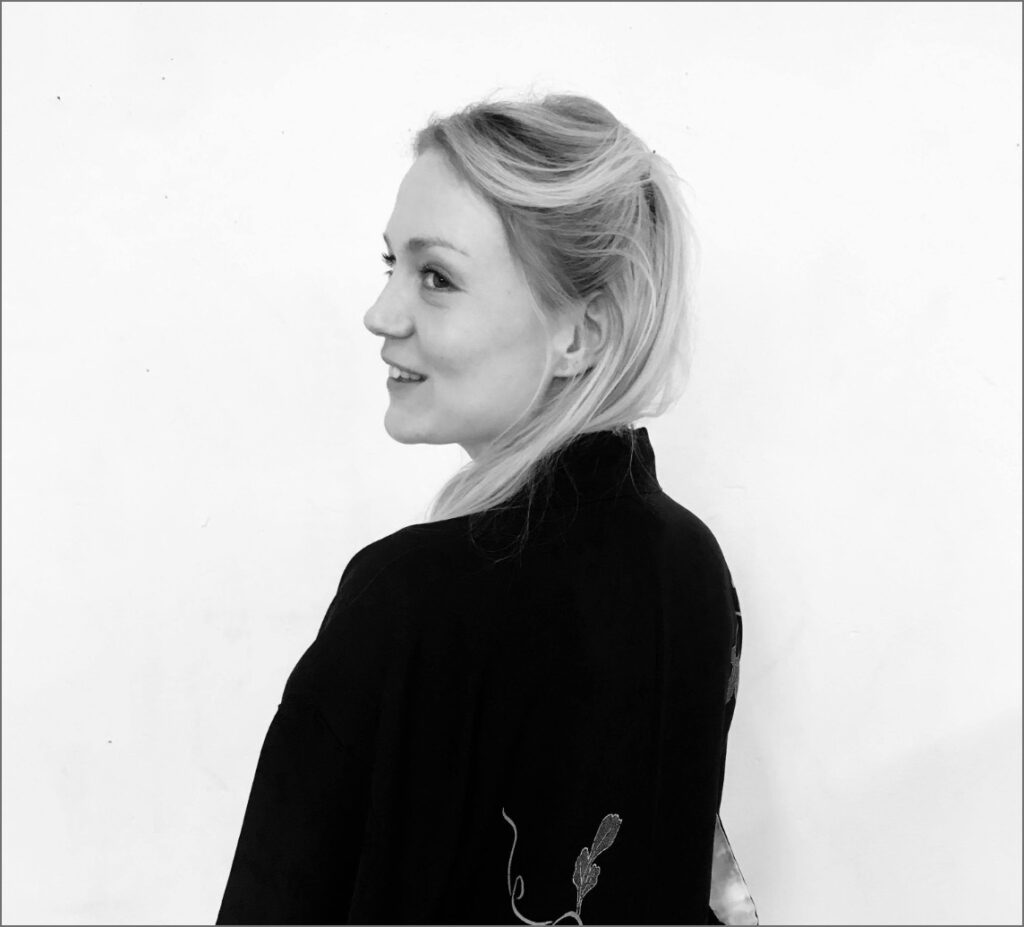
Tanja Kirst Designer 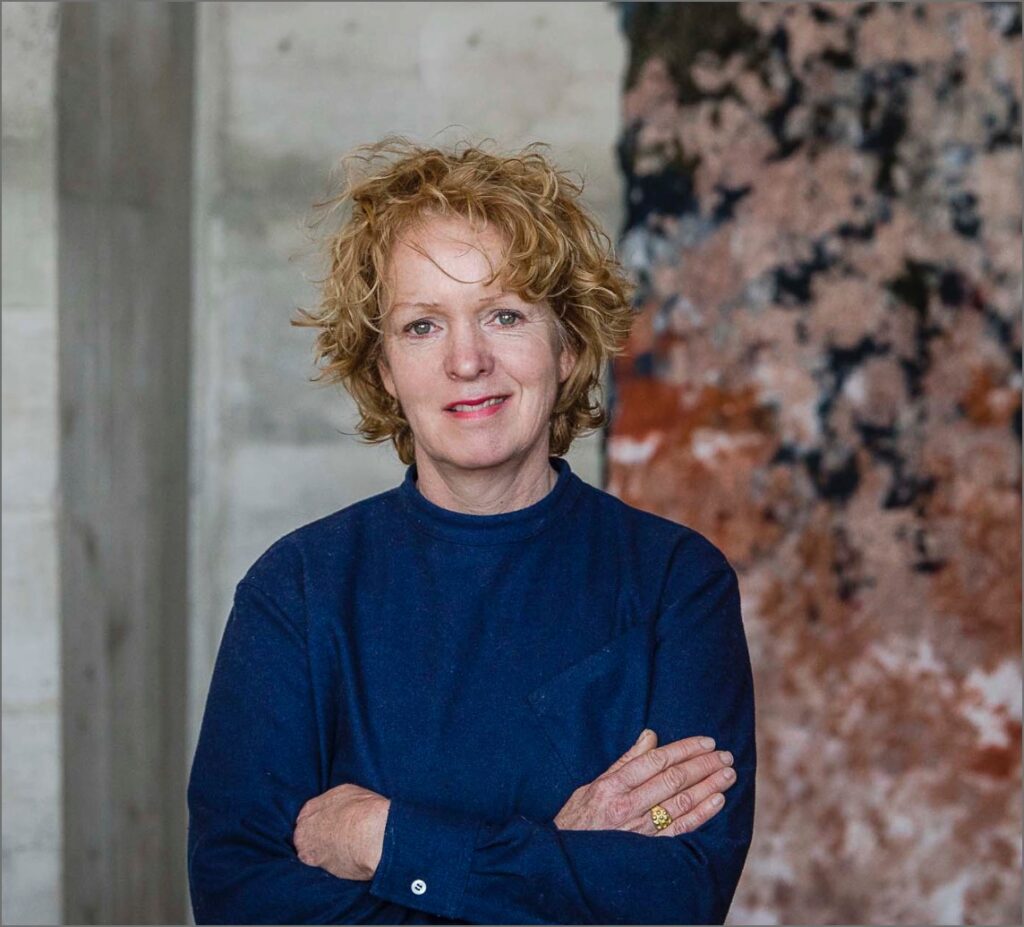
Claudy Jongstra Artist Activist
Grant Gibson, the chair of this discussion, is a UK-based writer published in national newspapers and respected design and architecture magazines. In his podcast Material Matters he talks to designers, makers, artists or architects. Grant is an honorary fellow of the Royal College of Art and a fellow of the Royal Society of Arts.
‘The word “sustainability” has become ubiquitous to the point that its meaning has been hollowed out,’ he says. ‘The industry could create more products that are built to last… It could think locally and make sure everybody involved in every aspect of the process was paid a decent, living wage.’
Simone Post is a Dutch textile and product designer that has collaborated with Vlisco to create coiled rugs from misprinted fashion fabrics, Adidas to turn worn sports shoes into flooring, and Kvadrat Textiles on 100% wool rugs that incorporate five different colours in one yarn.
She says: ‘I believe that we should try to work together and give solutions on a bigger scale. In that way a recycling project can really mean something.’
She strives for her designs to be sustainable in terms of material use or reference to tradition. She has a penchant for the unexpected outcomes of experiments and the beauty of semi-finished products.
Tanja Kirst is a designer specialising in weaving and product development. Her 2018 Masters thesis for the Royal Danish Academy of Fine Arts was titled ‘Re: Thinking Hemp’. In 2020 her two hand-woven hemp rugs Friction in Between were shown at Mind Craft Project, a platform for experimental Danish design.
‘The cultivation and production of cotton… poses a major impact on the environment,’ she says. ‘Hemp is a serious alternative… The entire plant can be utilised, as seeds and leaves can be used for food and medical purposes. My intention is to create a quality textile made from hemp yarn that looks and feels appealing and delicate.’
Claudy Jongstra is known worldwide for her monumental artworks and architectural installations. In the Netherlands in 2001 she began maintaining a flock of rare, indigenous sheep and cultivating a specialised dyers’ botanical collection garden. By going back to the origins of wool, weaving and colour, Jongstra makes her audience reflect on the interaction between humans and nature.
She is a visual artist with a substantive philosophy. In her own words: ‘For a long time people called me “wool artist”. A fine word, sweet, not threatening. But it is also bull****. I am an activist. I want to incite people to action.’

